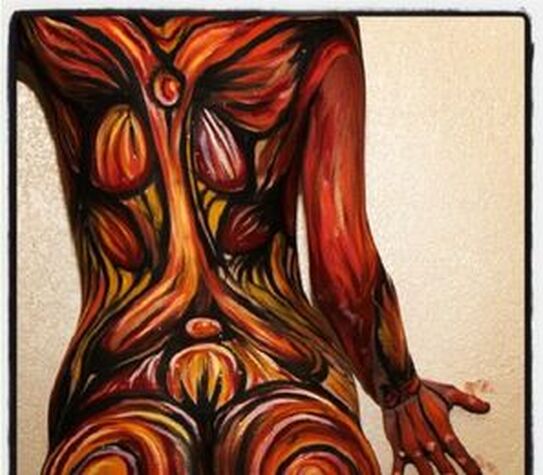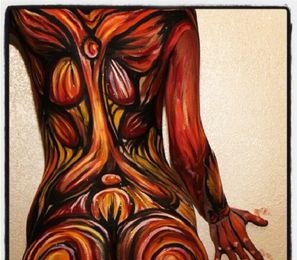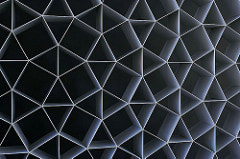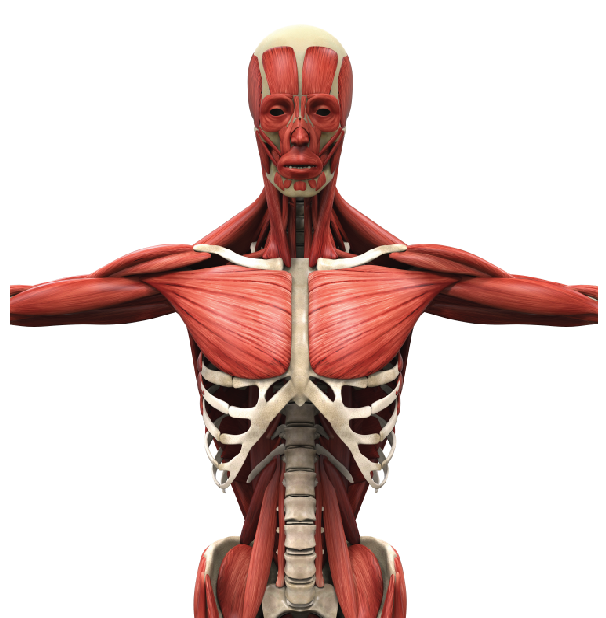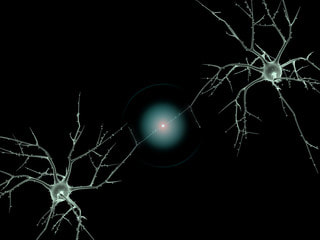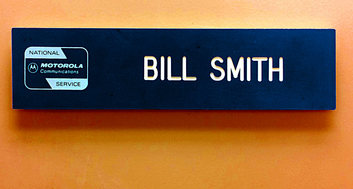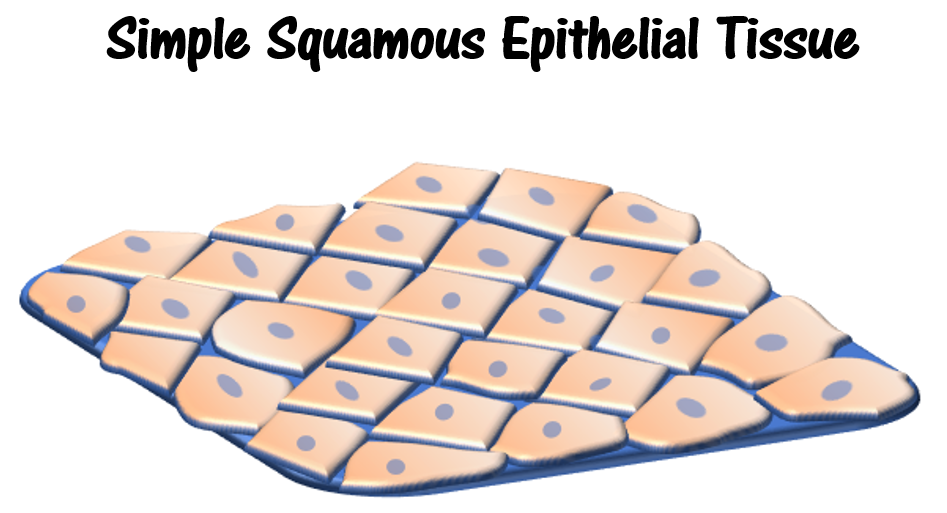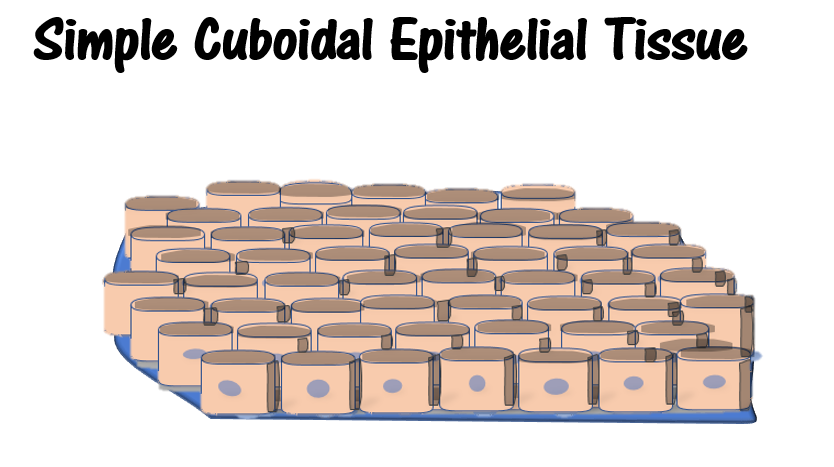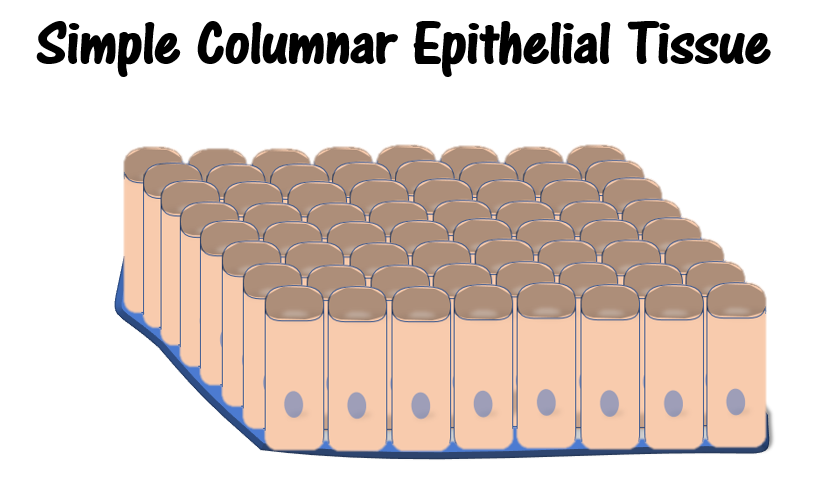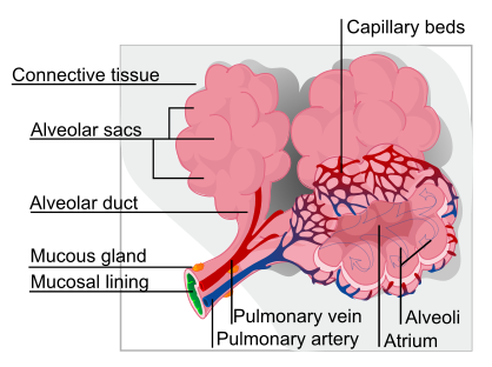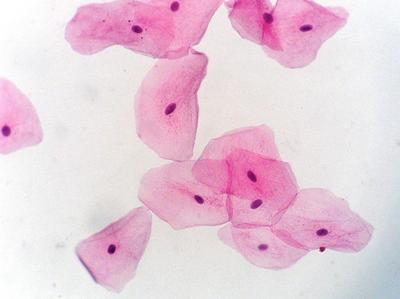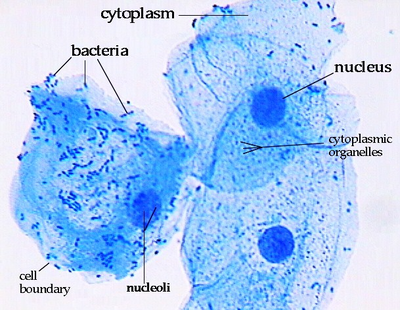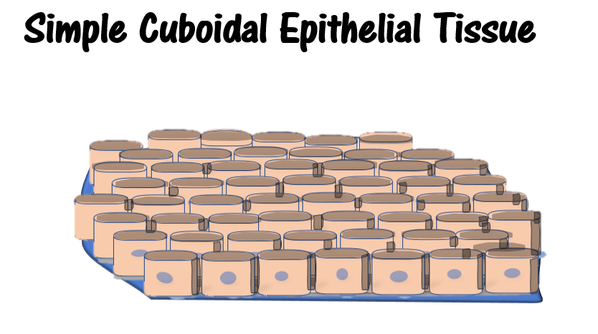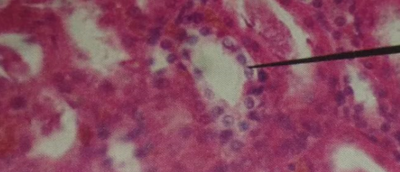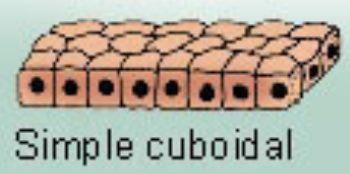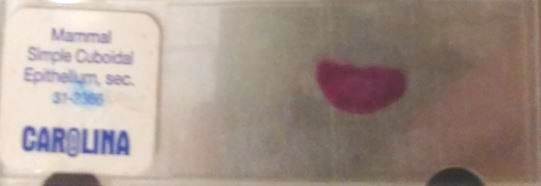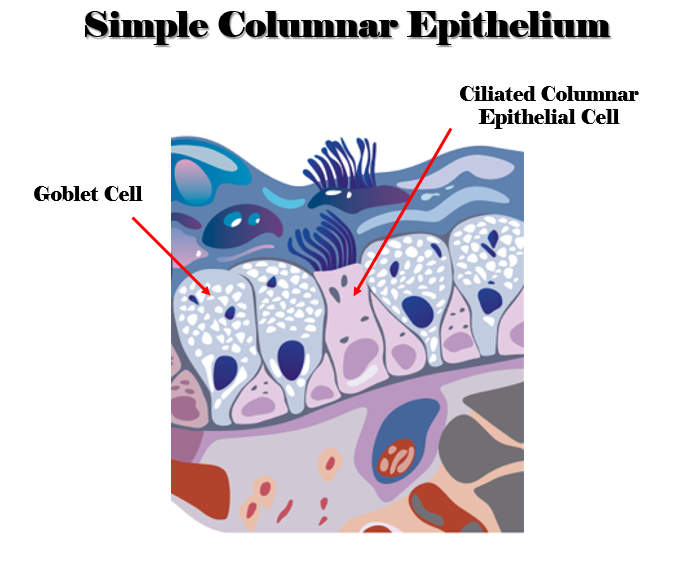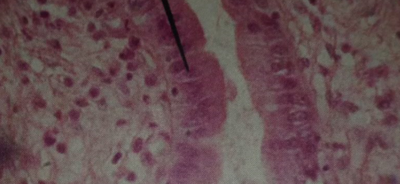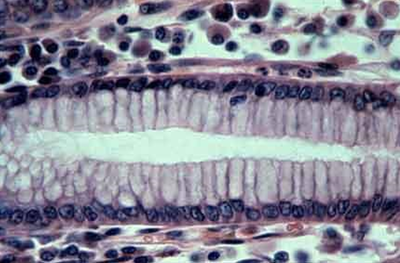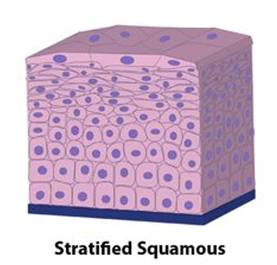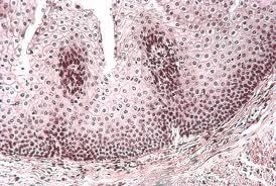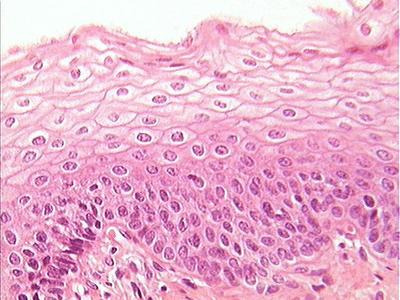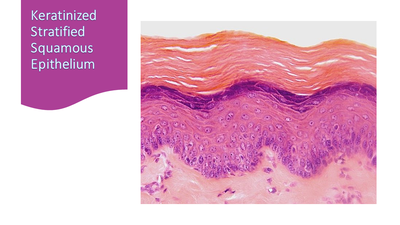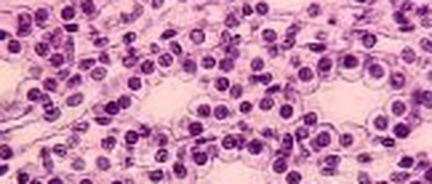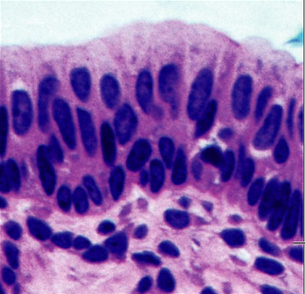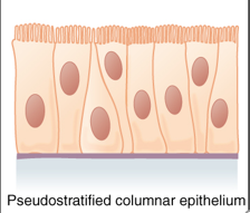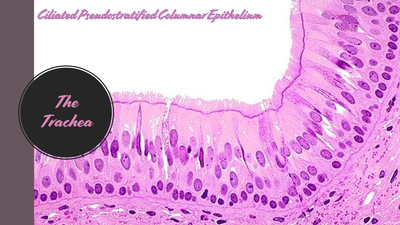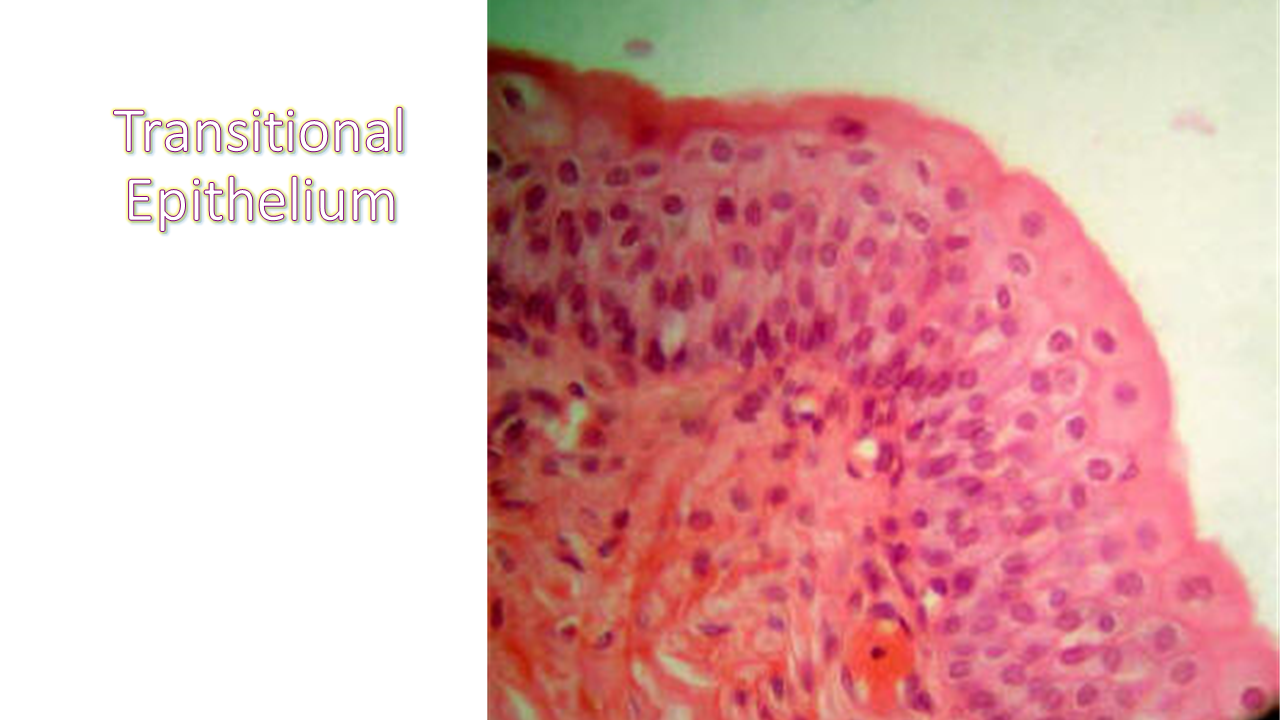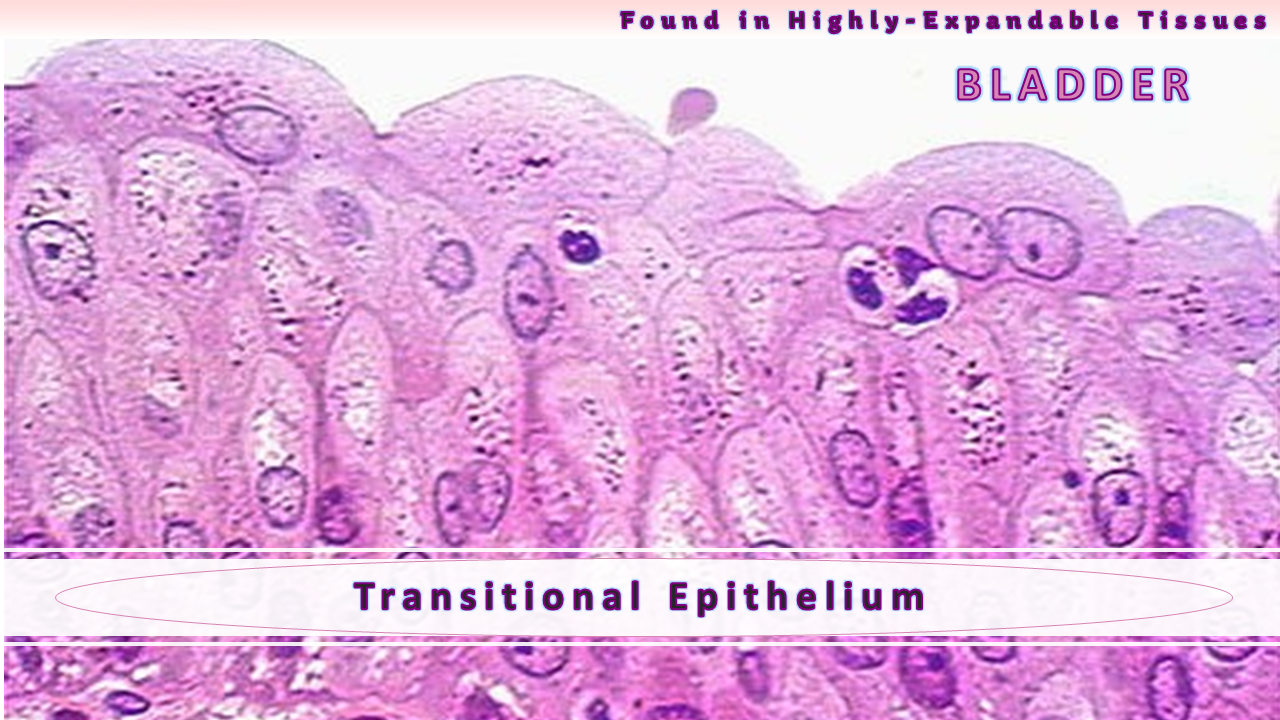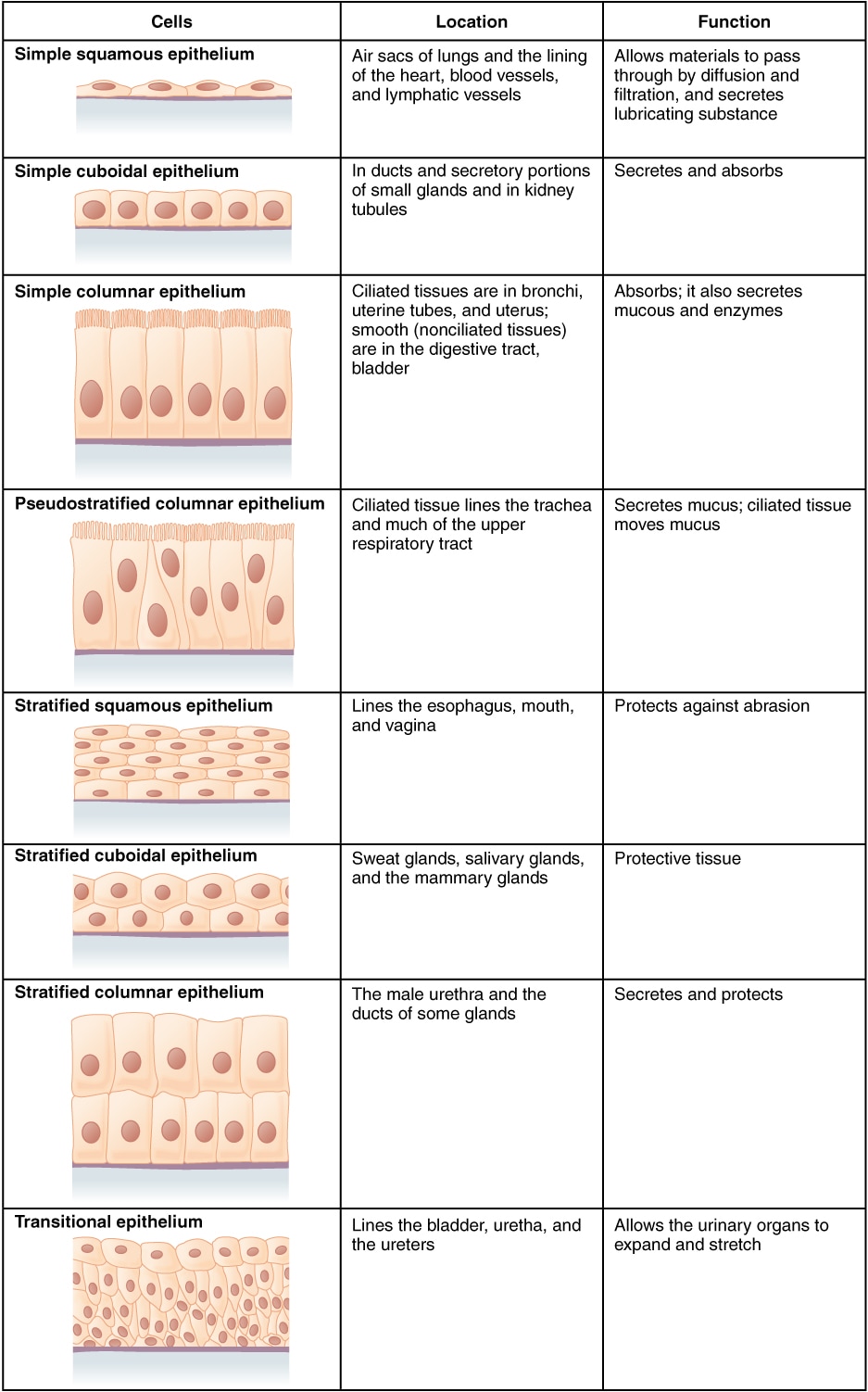Check Out the Slide Show for Extra Practice!
Tissues
The word "tissue" is derived from the word meaning "woven". This indicates the intimate structural and functional relationship that exists between the cells in a given tissue. Tissues are made up of a group of cells that have similar origins and serve a specific function in the body. Cells in a tissue are physically arranged in such a way to serve their unique purpose. This is another illustration of the complementarity between structure and function.
Epithelial Tissue
Beauty That is More Than Skin Deep
|
Epithelial cells line your internal and external surfaces, your cavity linings and most of your organs. These tissues are selectively permeable which allows them to carry out different functions that can include absorption, filtration and secretion. For example, the epithelium that lines your small intestines allows for nutrients to be absorbed by the processes of diffusion and active transport and the epithelium that lines your kidneys acts to filter out urinary waste.
|
GIF Animation courtesy of gifsoup.com/view/5132402/skin-anatomy.html
Most of your epithelium is considered "epithelium proper", which refers to epithelium that lines your organs, your body cavities and all of your body's inner and outer surfaces. The main function of epithelium proper is protection.
You also have glandular epithelium that forms most of your body's glands. Glandular epithelium acts to secrete hormones for your endocrine system.
You also have glandular epithelium that forms most of your body's glands. Glandular epithelium acts to secrete hormones for your endocrine system.
The Characteristics of Epithelial Tissue
1. Cellularity
- Epithelial tissue is made up of tightly packed epithelial cells that are connected to one another to form sheets.
2. Special Connections Between Cells
- Tight junctions are integral proteins that fuse adjacent cells together to create a continuous sheet of cells that prevents molecules from passing through the intercellular space.
- Desmosomes are essentially internal tension-reducing networks of fibers that anchor adjacent cell to each other and are specially suited to resist mechanical stress.
- Gap junction s - Communicating junctions that allow ions and small molecules to pass for cell-to-cell communication.
|
2. Polarity - A cell is considered 'polar' when one end is different from the other end. Epithelial cells are 'polar', because they have an 'upper' and an 'lower' portion. The top of the epithelial cell is called the apical side. The apical side usually has cilia or microvilli which act to move extracellular substances along. The bottom portion of epithelial tissue is called the basal side. The basal side of the tissue is connected to a basal membrane.The basement membrane is composed of collagen fibers and it function to connect your epithelial tissue to the underlying connective tissue.
|
3. Avascular, but Innervated- Your epithelium does not have its own blood supply, so it must get its nutrients from the nearby connective tissue. Your nervous system, however, does connect to the epithelial cells.
4. Supported by connective tissue - As previously stated, the bottom portion of epithelial tissue is called the basal side. The basal side of the tissue is connected to a basal membrane.The basement membrane is composed of collagen fibers and it function to connect your epithelial tissue to the underlying connective tissue.
5. High regenerative capacity–Epithelial cells can be replaced fairly rapidly to replaces old or damaged cells. This is an important property for wound repair.

